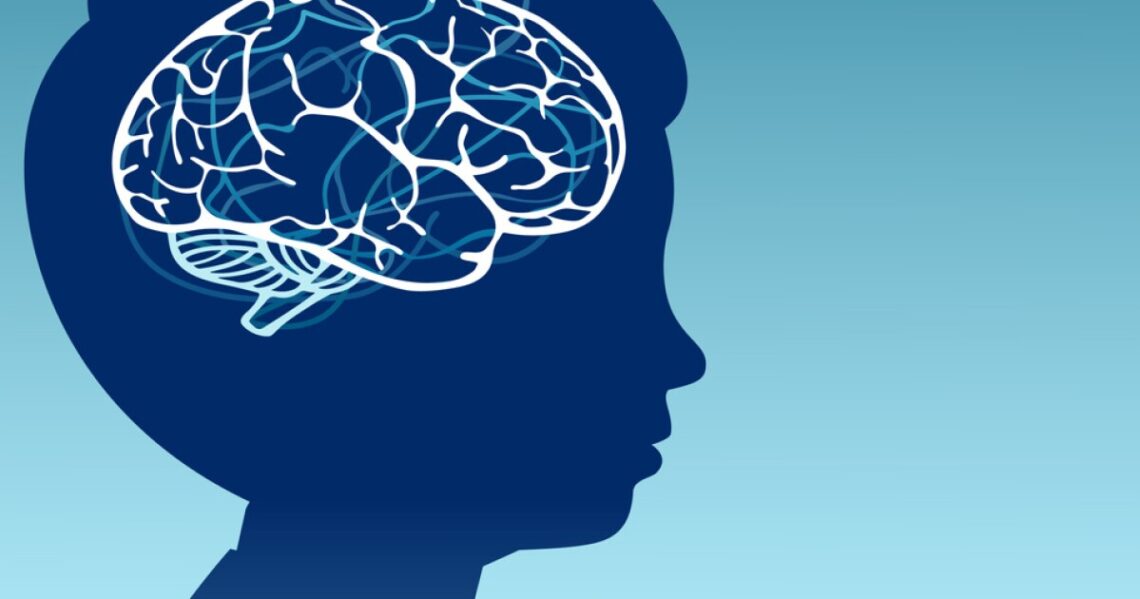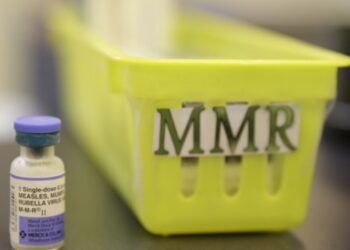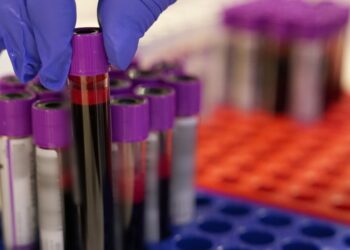About 1 in 9 children in the U.S., between the ages of 3 and 17, have been diagnosed with ADHD. That’s according to a new report from the Centers for Disease Control and Prevention that calls attention-deficit/hyperactivity disorder an “expanding public health concern.”
Researchers found that in 2022, 7.1 million kids and adolescents in the U.S. had received an ADHD diagnosis – a million more children than in 2016. That jump in diagnoses was not surprising, given that the data was collected during the pandemic, says Melissa Danielson, a statistician with the CDC’s National Center on Birth Defects and Developmental Disabilities and the study’s lead author.
She notes that other studies have found that many children experienced heightened stress, depression and anxiety during the pandemic. “A lot of those diagnoses… might have been the result of a child being assessed for a different diagnosis, something like anxiety or depression, and their clinician identifying that the child also had ADHD,” Danielson says.
The increase in diagnoses also comes amid growing awareness of ADHD — and the different ways that it can manifest in children. Danielson says that may help explain why girls are becoming more commonly diagnosed with ADHD compared to boys than they had been in the past. She says boys have long been diagnosed with ADHD at around two and half times the rate of girls, but the new reports finds that difference is narrowing.
Decades ago, ADHD was thought of as a disorder of hyperactivity among boys, Danielson says. “Boys will often have hyperactive or impulsive ADHD, where they’ll run into the street or jump off things or do things that might make them more likely to be injured,” she says.
“Girls tend to manifest their ADHD in a more inattentive…
Read the full article here







